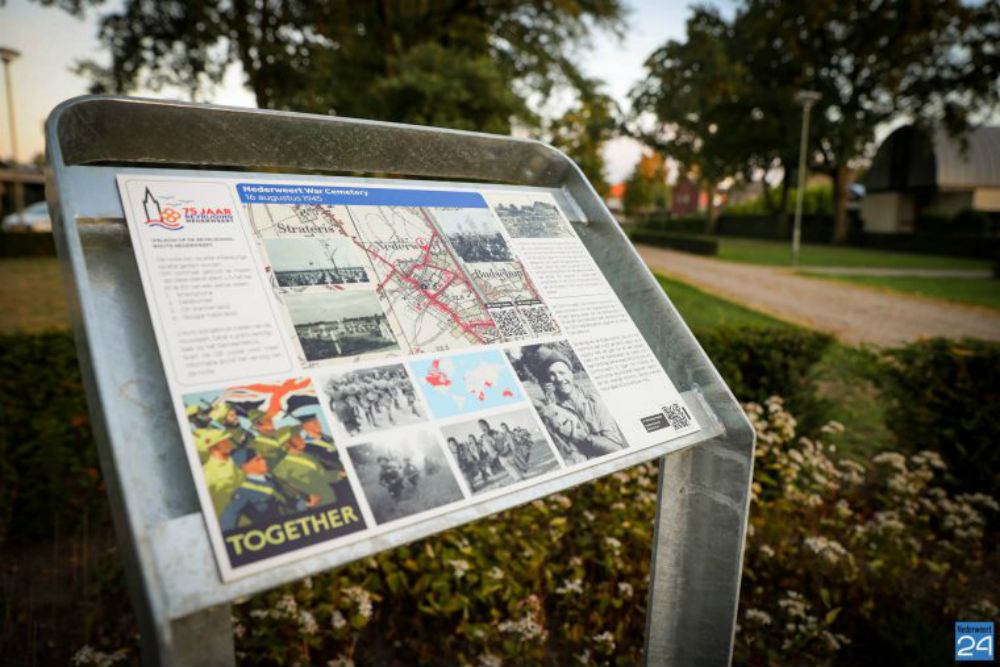Liberation Route Location 2 - The Big Church Razzia October 8 1944
Between 1940 and 1945, an estimated 500,000 to 600,000 Dutch men and boys were employed in Germany. They were called up for the Arbeitseinsatz and deployed in, among other things, agriculture and industry, to replace German men who served in the Wehrmacht. On Sunday 8 October 1944, raids took place. The German occupiers held raids in the area between the Wessem-Nederweert canal, Noordervaart and the Maas. More than 3,000 men were arrested in the face of the liberation.
In the surroundings of Nederweert, mainly inhabitants of Nederweert-Eind and Leveroy were the victims of this action. Men from Nederweert and Budschop stayed out of reach, unless they happened to be in Eind on that Sunday morning. 108 men were taken in Eind, 18 in Leveroy.
Afterwards this deportation was called De Grote Kerkrazzia, because most men were arrested when they left the high mass. Others were lifted from their beds at home. A number of men fled to shelters in fields and forests. The region was almost completely "dismantled". Women, children and the elderly were left almost alone. In the late spring of 1945, most returned to their heavily ravaged, partly shattered, home. Five men did not survive the misery and died in Germany.
After the war there was little recognition for the suffering of the deported. "When we got home, we were immediately pushed back into the hand with the assignment: to work and not to think about anything anymore." It was not until the year 2000 that this group of men was officially recognized as a war victim.
Do you have more information about this location? Inform us!
Source
- Text: Jos Gubbels, Bevrijding Nederweert, Niek Hendrix en Jermain Nichols
- Photos: Bevrijding Nederweert
Nearby
Point of interest
- Asparagus Barrier Weert - Weert
- Cycling route Death Valley De Peel - Pilot's Monument (De Pelen) (#15) - Ospel
- Cycling route Death Valley de Peel - End Veencolony (#14) - Asten
Monument
- Memorial War Victims Nederweert-Eind - Nederweert-Eind
- Memorial 'Tracks that were' Nederweert-Eind - Nederweert-Eind
- Remembrance Cross Houtsberg - Nederweert
Cemetery
- Commonwealth War Cemetery Nederweert - Nederweert
- Commonwealth War Graves Roman Catholic Churchyard Swartbroek - Swartbroek
- French War Grave Roman Catholic Churchyard Swartbroek - Swartbroek
Fortification
- Peel-Raamstelling - Casemate - Kampershoek
- Peel-Raamstelling - Kazemat - Nederweert
- Peel-Raamstelling - Casemate - Nederweert





